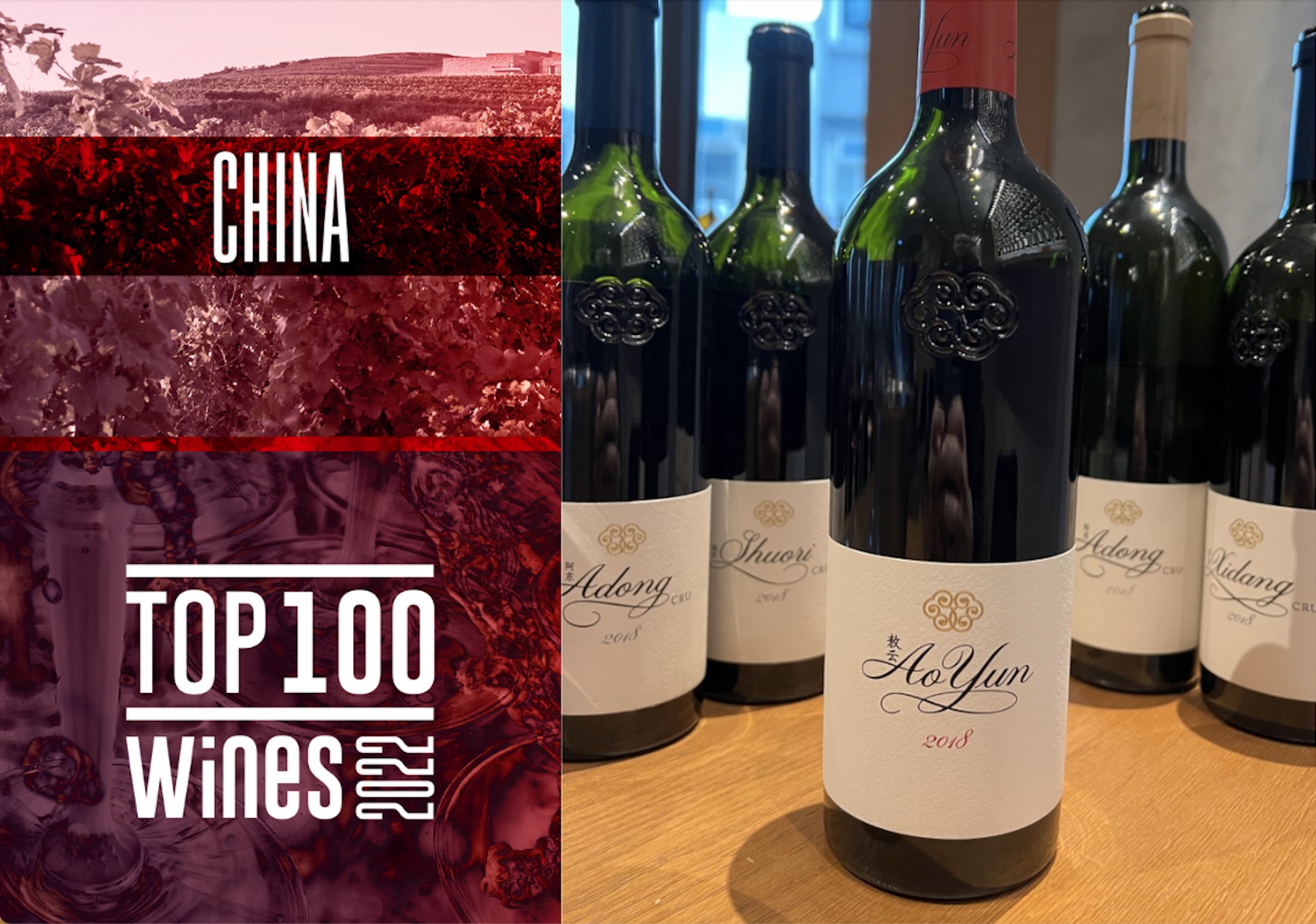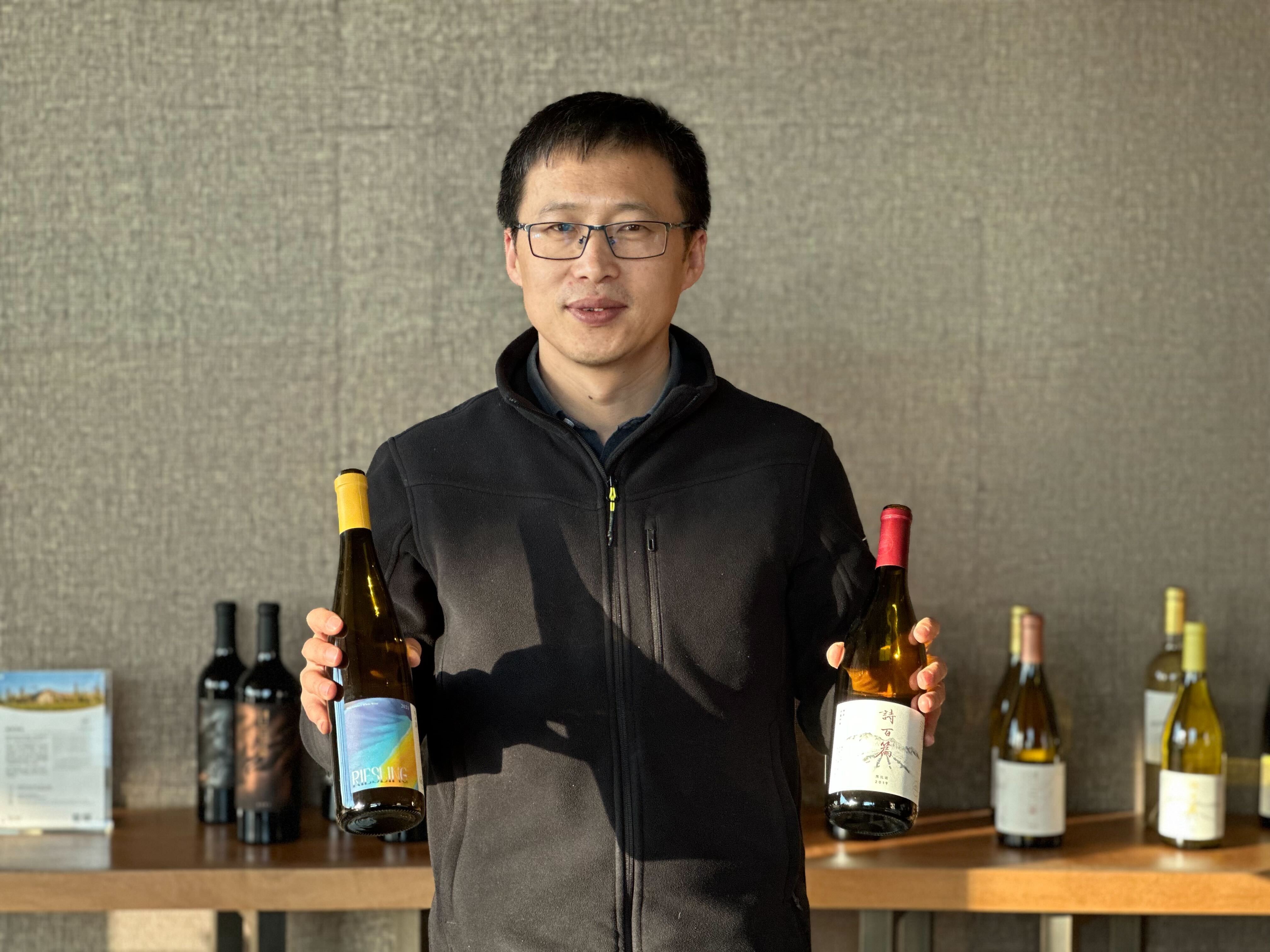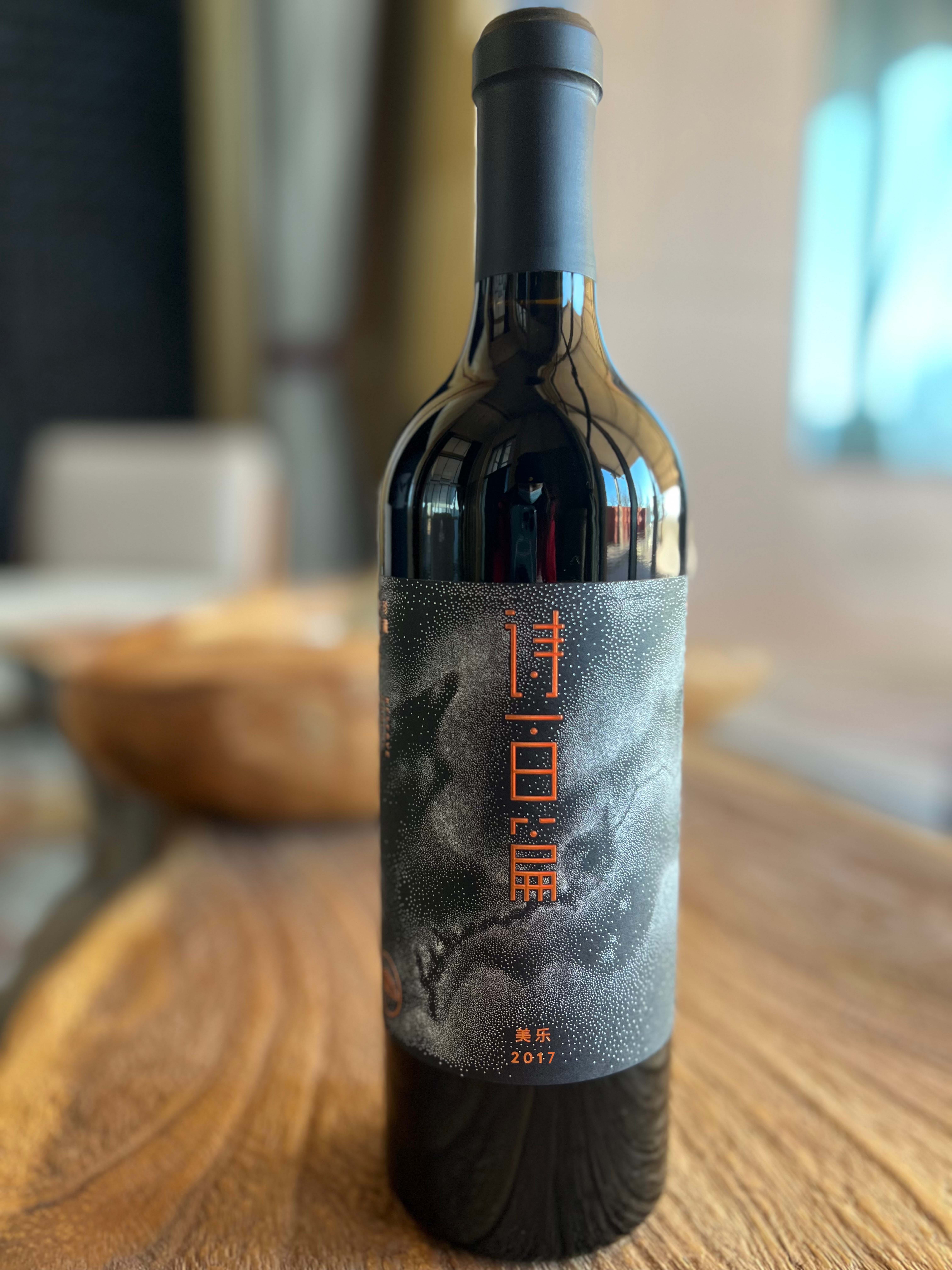
After tasting more than 300 wines from China in 2022, we have no doubt about the country’s ability to deliver great wines. Fourteen of the wines we tasted received a rating of 95 points or above – twice the number as in 2021. These included a couple great, single-village bottles from Xiaoling Estate that couldn’t be included on our Top 100 list because of their limited production and availability – two factors we take into account when compiling these lists, along with price and overall value.
And we heard a common refrain among the winery owners and winemakers we talked to during the year about aspirations within the local winemaking industry to make Napa- or-Bordeaux-like premium “grand vin” wines. This is especially true in China’s modern wine hub, Ningxia, where increasing retail wine prices have led to a price bubble that some believe has helped boost the premium image of wineries.
“We are still in a very early stage [of becoming a mature wine market] even though wine consumers are more rational nowadays,” said Zhang Jing, winemaker and co-owner of one of the first boutique wineries in Ningxia, Helan Qingxue. “Consumers in first-tier cities such as Beijing, Shanghai and Guangzhou are more confident about what they like and buy wines accordingly. In smaller cities, people still tend to follow brands.”
READ MORE TOP 100 WINES OF CHINA 2021

Her Helan Qingxue Vineyard Ningxia Jiabeilan Reserve 贺兰晴雪酒庄加贝兰珍藏版 2019, our No. 2 Chinese wine, stands atop the handful of great bottles we tasted from Ningxia this year, and its price remains reasonable despite its burgeoning appeal in both China and abroad. There is a lot of reserve and finesse in this wine’s plush, cassis-like fruit, with some cocoa powder and cabernet’s dark olive character. While it hasn’t been released yet, Zhang told us that she expects it to retail for around US$80, which is about the same as for previous vintages.
Zhang said she looks for more depth on top of freshness in her wines, whereas many Ningxia cabernets we find tend to be richer and more concentrated but come with soft tannins and very high alcohol. Class, layers and finesse are the qualities Helan Qingxue is aiming for, and its style is probably closer to Bordeaux than Napa, even when its wines come from a warm and dry vintage like 2019, which is widely perceived as one of the best over the last decade in Ningxia.
“2019 is just like 2016, and almost everyone in Ningxia was able to make good wines,” Zhang said of the vintage, adding that its average quality is high even though some of the wines may be overly concentrated.
Although the Jiabeilan Reserve is a higher-priced wine, it’s still affordable, exciting and fun, like many wines on this list. But we also want to offer an aerial view of what China is capable of producing regardless of price, which brings us to our China Wine of the Year for 2022: the Ao Yun Shangri-La 敖云云南香格里拉 2018.
This wine is solid proof of how a blend of the finest terroirs in Yunnan can represent the best of China, even at a retail price of around $350, which is well justified by the wine’s supreme quality, driven by the lush fruit from high-altitude vineyards that touch the clouds. Comprised of 60 percent cabernet sauvignon, 19 percent cabernet franc, 10 percent merlot, 7 percent syrah and 4 percent petit verdot, the Ao Yun 2018 shows incredible depth and complexity, while the freshness and purity of the dark fruit with attractive cassis character and refined but vertical tannins give it ample definition.
“2018 shows the uniqueness and diversity of our terroirs,” said Ao Yun winemaker Maxence Dulou, who manages the 28-hectare vineyard, which is divided into more than 300 blocks. “We had the rain at the right moment to allow the grape to ripen perfectly, and finally, the fall was cool and it ripened the grape, and it gave the identity of the terroir and the vintage. It is a better vintage than 2016 and 2017.”

The Shanghai-based Frenchman Bertrand Cristau, who heads the Yunnan-based Xiao Ling Estate, also makes great wines out of cabernet sauvignon and merlot from the Shangri-la area. But what is interesting is that these wines tend to be sappy and much more acid-driven and almost have a pinot etherealness.
Sourcing grapes from more than eight villages between 2,000 to 2,400 meters high, Xiao Ling winemaker Feng Jian selects the best fruit and wines for their grand vin blend. The Xiao Ling Cizhong Shangri-La 霄岭 2019, our No. 4 Chinese wine, is juicy and broad with a little more density and power from the quite dry and warm year according to Feng but still delivers exciting drinkability from Yunnan for about $130.
Feng believes that fruit from the much rainier southern villages in the area give an aromatic, mouthwatering freshness and berry-fruit succulence to the wines. “It is really the difference of the place. If you make wines from those areas, you will have a more delicate wine,” he said.
READ MORE TOP 100 VALUE WINES OF 2022

Hualai, in Hebei province, landed three great reds among out Top 10 Chinese wines, all from the leading producers Canaan Winery (and their wine brand Chapter and Verse) and Domaine Franco-Chinois, which are both owned by Taiwanese entrepreneur Cher Wang and are under the direction of a young and meticulous winemaking team headed by Zhao Desheng. It was the outstanding 2017 vintage that delivered greatness to the reds, especially the Bordeaux grapes, syrah and tempranillo. It was a warm and dry year before harvest, Zhao said, which helped to build a tight, fine-grained structure in the wines, with a savory, saline character in some of the reds.

The dense, compact Chapter and Verse Merlot Huailai Reserve 诗百篇珍藏美乐 2017, which came in at No. 3, is broad yet tight and compact, and verges on bloody with the fruit on the nose, delivering firm, mealy tannins, while the No. 9 Chapter and Verse Syrah Huailai Reserve 诗百篇珍藏西拉 2017 is tangy, peppery, linear and fresh, with lots of verve and reserve. The Domaine Franco-Chinois Huailai Reserve 中法庄园珍藏 2017, in fifth place, is also one of the finest offerings we’ve tasted from this producer.
If you are looking for better value, Canaan’s Chapter and Verse Mastery lineup doesn’t disappoint. Their tempranillo, pinot noir and riesling wines are some of the best off the beaten track. The Chapter and Verse Pinot Noir Huailai Mastery 诗百篇特选黑皮诺 2019 (No. 12) is our go-to pinot from China, and costs less than $60.
There are a few more producers on this list who deliver good value, including Grace Vineyard and Puchang Vineyard. As much as we love Grace Vineyard’s Tasya’s Reserve lineup of wines, all retailing for around $30, their standout for us is their syrah-based red, the Grace Vineyard Syrah Cabernet Sauvignon Ningxia Interval 怡园酒庄留白干红葡萄酒 2020 (No. 6), which costs about $60.
For Ningxia, 2020 was challenging due to the rain in August and frost in April. “September was very cool, which gave good perfume, but the problem was the phenolic ripeness,” said Zhou Shuzhen, one of the respected, senior winemakers in Ningxia who works for five wineries. “We had to avoid the green tannins from the seeds, taking them out from extraction.”
Winemaker Deng Zhongxiang, who trained in France and consults for six wineries in Ningxia, called the frost in 2020 the most severe in the last 20-plus years, especially in the lower part of the region. “The old vines stricken by the frost in Qingtongxia, for example, had a naturally low yield, which translated into more concentration,” he said.

We have found some excellent Ningxia syrahs and marselans from this vintage. Some consistent cabernets also seemed to be more drinkable, and we suspect it could be a result of less extraction. The Ningxia whites from 2020, however, are less exciting, and none made it onto this list.
There were a few highlights from the wineries under Deng’s consultancy in 2022, with the top-scoring offering coming from Domaine Charme’s first attempt at an orange wine with viognier. The Domaine Charme Viognier Ningxia Orange Wine 夏木维欧尼橙酒 2021 (No. 10) is an eye-opening proposition, full of tropical and scented perfumes with well-judged creamy tannins – a result of skin contact for 40 days before being aged for six months in a single, previously used 500-liter cask.
Domaine Charme also makes excellent, “conventional” viogniers even though it has an unconventional, piercing acidity. The Domaine Charme Viognier Ningxia 夏木庄园维欧妮干白葡萄酒 2021 (No. 15) delivers a limey, steely expression with high acid – a more streamlined, early-harvest style that is almost riesling-like. “It was a blend of two harvests, and one was an early harvest to enhance the acidity,” said Tian Ye, Domaine Charme’s winemaker.
READ MORE CHINA’S BEST WINE EVER? AO YUN SHANGRI-LA 2018 PUT TO TEST

Shandong province and Xinjiang each contributed one bottle to the Top 10. The former gave us our No. 7 bottle, the Puchang Vineyard Saperavi Turpan 蒲昌酒庄纱布拉维吐鲁番2017. At less than $35, it is also one of the best values on the list. Puchang is located in Xinjiang’s Turpan Valley, an area better known for table grapes and sultanas, and it shares a similar latitude with Bordeaux despite its extreme and distinctively arid desert climate. This means that pruning and canopy management are crucial for locking in freshness in the Turpan Valley’s rich, full-bodied red wines, and the local Karez canal system is used to irrigate the vineyards with snowmelt from Tianshan. Puchang is also one of the few producers in China that grow ancient Georgian grape varieties, including saperavi and rkatsiteli.
Landing at the No. 8 spot on our China list is the Long Dai Qiushan 瓏岱丘山 2020, a DRB Lafite premium red that comes from a vintage that lent itself to this wine’s balance, freshness and class.
“2020 was a pretty typical vintage for us, which in my opinion was more like the debut year, 2017,” said Long Dai’s technical manager, Denise Cosentino, who blended 56 percent cabernet sauvignon, 24 percent cabernet franc and 20 percent marselan to the grand vin, which has a beautiful purity, precision and vibrancy in its mixed fruit.
The palate echoes with the freshness and the precision on the nose, where there is no hint of any sweetness (and sweetness is still common in many Chinese wines), and the fruit is supported by deep yet graceful tannins, rendering vibrancy as well as gravity. The second wine of Long Dai, the Long Dai Qiushan Hu Yue 瓏岱琥岳丘山 2020, is found at No. 59, with a dash of syrah and merlot added to the cabernet and marselan blend.
Besides the numerous cabernet sauvignon and Bordeaux blends found on the list below, marselan is also well represented, with 13 marselan-based reds making it into the Top 100. There are also eight syrah-based reds and 12 whites in total, including three whites fermented with skins (two rieslings and one viognier). There is also one rosé from one of Shangdong’s leading producers, Chateau Nine Peaks, and one pet-nat from one of the brightest independent winemakers in Ningxia, Liu Jianjun, whose Lingering Clouds Muscat Ningxia Pet-Nat 停云自然起泡酒·玫瑰香 2022 (No. 80) is a fun and avant-garde experiment that retails for about $25.
While many new producers have mushroomed over the last few years in China and a few old ones have been revived, only a few big wineries and renowned names currently export their products, but their number is growing as global opportunities continue to open up, especially now that China is mostly in the post-pandemic period. With so many excellent wines this year in our Top 100 China list, we look forward to exploring more of the world of Chinese wine both in our tasting rooms and in the vineyards.
– Zekun Shuai, Senior Editor
Note: You can sort the wines below by vintage, score and alphabetically by winery name. You can also search for specific wines in the search bar.




